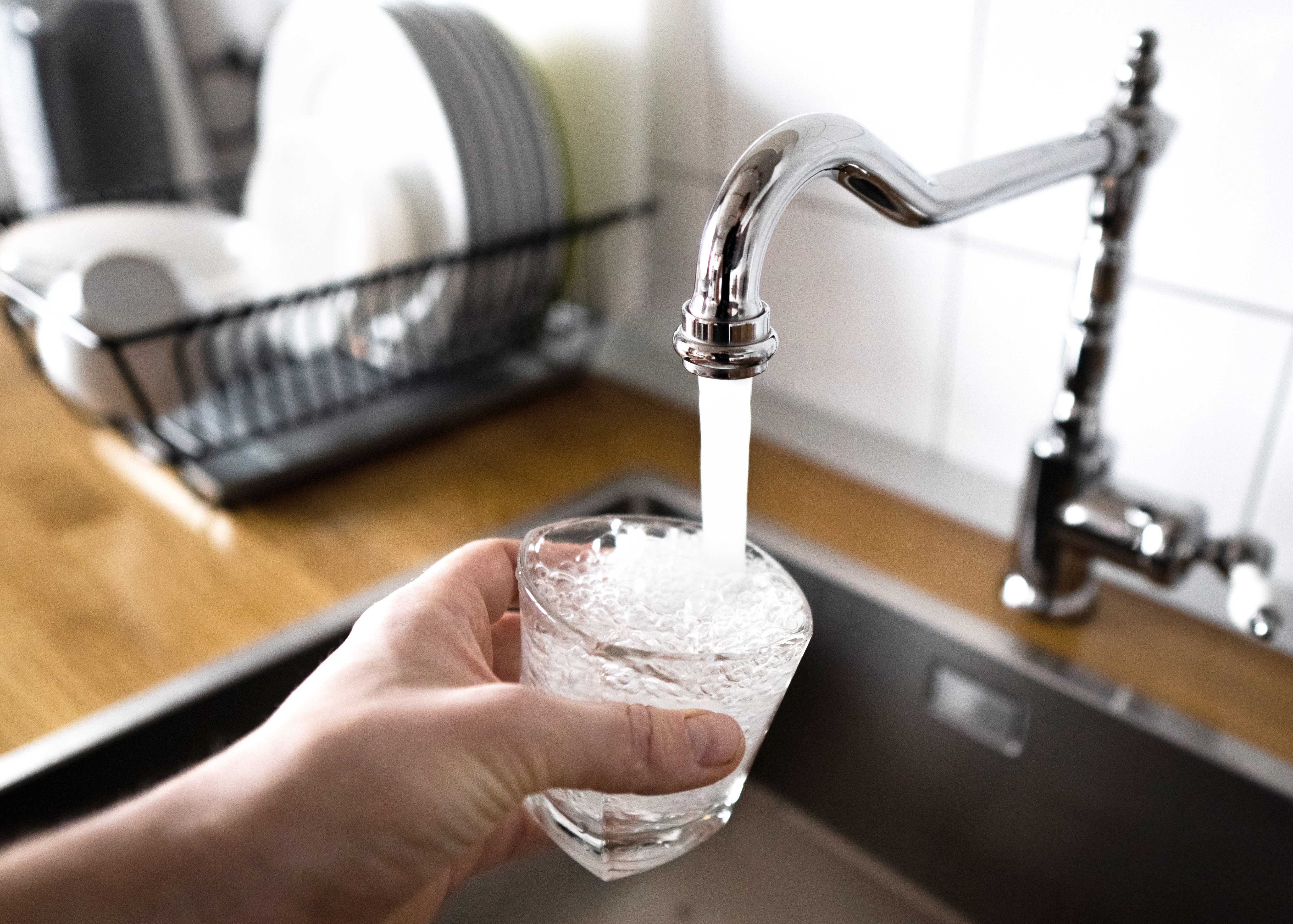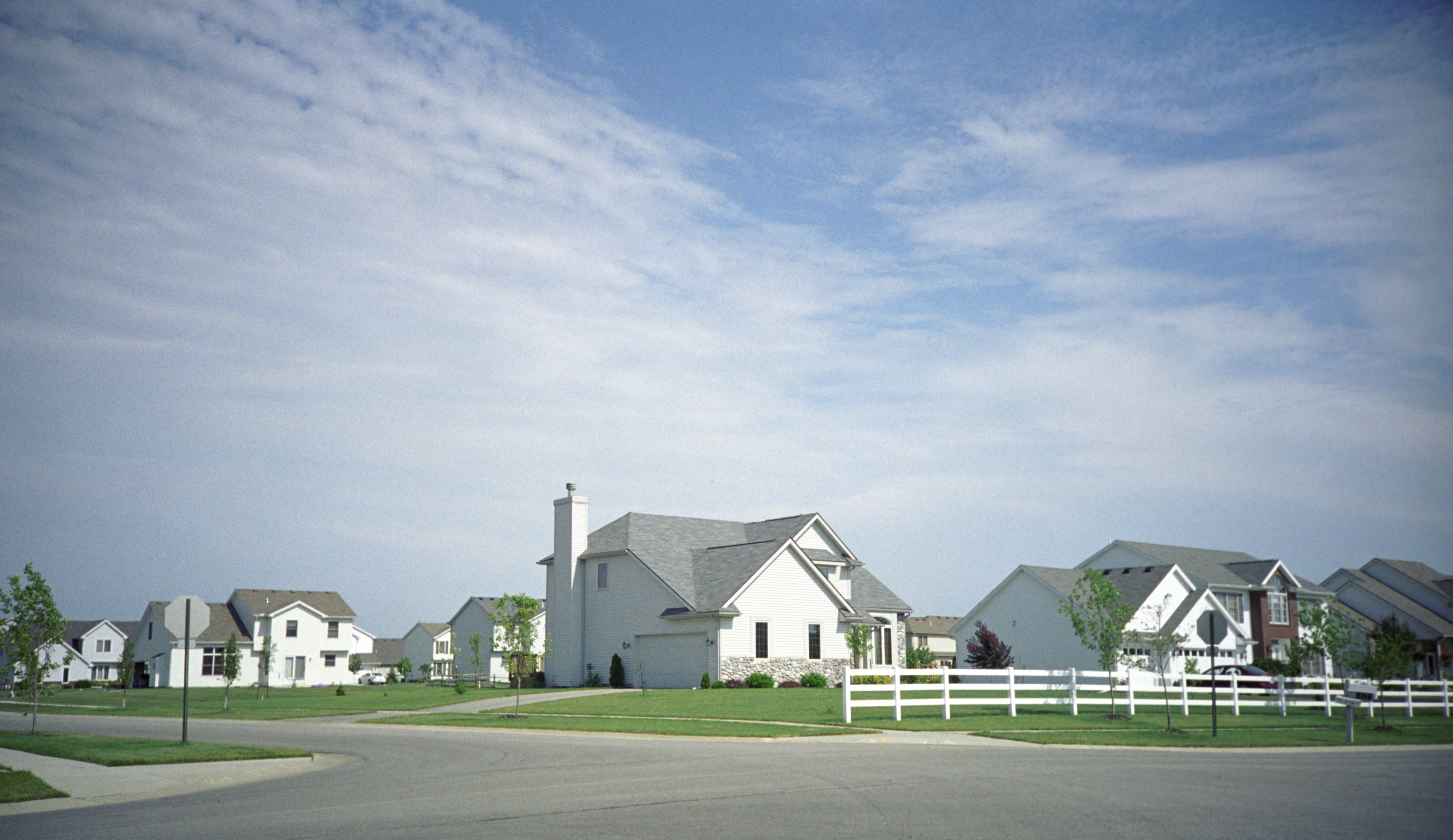
Learn how much plumbers cost in Columbus, Ohio. Discover pricing for faucet repairs, pipe work, and emergency services, plus how you can save money.
Nothing lasts forever—not even your bathroom plumbing


Bathroom plumbing fixtures and pipes have a lifespan of 20 to 100 years.
Your bathroom plumbing can stop functioning properly for many reasons.
Weak water pressure and drainage problems are common signs of trouble.
Foul-smelling or rust-colored water indicates problems with your water heater.
When it comes to home improvement projects, you might prioritize jobs that add glamor or functionality to the home. Your first thought is rarely to replace your bathroom plumbing. However, plumbing doesn’t last forever, and the longer you put off the repair, the more damage you could incur. If you’re waiting for a sign to tackle this type of project, we’ve got eight of them right here.

Take a close look at your sink fixtures, your tub faucet and handles, and your showerhead. If you see rust or other stains that won’t come off with a good scouring, or chips in the metal, it might be time to replace this part of your bathroom’s plumbing.
Replacing your fixtures or bathroom sink are great projects for the DIY homeowner. Just remember to turn off the water before you begin to replace outdated fixtures to avoid accidental water damage.
Drainage issues, pooling water, and constant dribbles from taps aren’t just inconveniences or annoyances. They are signs that you might need to replace your bathroom plumbing, hardware, or both.
If your tub or shower constantly drains more slowly than it should or used to, it may not be enough to resolve with a drain snake or a vinegar and baking soda mixture. Likewise, if you notice pools of water outside the shower or tub, despite your best efforts to keep the water contained, it’s time to call in the pros.
A cracked pipe isn’t always immediately visible—most are under the floor or behind the bathroom wall—but you’ll surely see signs of water damage fairly soon after a crack develops. You should address damp spots on the drywall, pooling water on the floor, or unexplained wet spots quickly to mitigate damage and prevent mold growth. Turn off the water to the bathroom and call your local plumbing professional to resolve the problem.
Don’t hesitate to call a pro when you have a plumbing issue or need repairs. While it’s tempting to wait, water damage from persistent leaks can cause serious problems, including mold and mildew, which pose a health risk. Additionally, the cost of water damage restoration can reach into the thousands.
As the years pass, your bathroom’s pipes accumulate material that narrows the diameter of the water pipes, which results in a gradual yet noticeable decrease in water pressure. If it’s taking longer than usual to fill the tub, refill the toilet after flushing, or get that shampoo out of your hair, you may need to replace your bathroom plumbing.
Water that smells funky or looks red and rusty indicates that your hot water heater is failing. Over time, steel rods (called “sacrificial anodes”) corrode due to bacterial and other elements inside the hot water tank. Oddly enough, it’s their job to attract debris to keep it from flowing into your pipes. However, when they start to disintegrate with age, your water heater will give off warning signs that your nose and eyes will detect. When you do, it’s time to budget for replacement plumbing.
The development of visible mold spores on your bathroom walls or ceiling usually means that water is flowing somewhere it shouldn’t. Look for damp spots, crumbling drywall, or dark spots near the location of bathroom pipes. If you see any signs of mold or water infiltration, it’s time to call a professional plumber to locate the source and stop the leak or replace the plumbing altogether, depending on the scope of the problem.
While the U.S. government banned lead in paint and varnish products in 1978, lead pipes are still frequently encountered in older homes. Lead poisoning is a potential health risk with repeated exposure, especially for children. The safest and most thorough course of action is to replace those pipes entirely.
Nothing lasts forever, including your bathroom plumbing pipes. Depending on the material, you’ll need to replace your pipes somewhere between 20 and 100 years after the initial installation. The longest-lasting materials are cast iron and copper, with a lifespan of 50 to 100 years.
Upgrading or replacing your bathroom hardware and other plumbing elements ensures your home stays safe from water damage and lasts for years to come. After you spot a problem, making repairs and replacements can save you money and time. If you spot one or more of the signs above, it could be time to upgrade. Hire an experienced local plumbing professional to help you determine the scope of the problem and devise a plan that suits your budget.
Repiping is a job best left to the pros. If bathroom pipes are installed incorrectly, they can lead to leaks and water issues down the road, including mold, mildew, water damage, and the health issues that can come with them. Hiring a licensed plumber is your safest bet to ensure the job is done correctly the first time.
Bathroom plumbing replacement costs depend on the pipe material and the amount of work needed. Plumbers charge between $45 and $200 per hour for labor. The cost to install or replace a single pipe falls between $149 and $5,800, or $150 and $250 per linear foot. Repiping a home ranges from $1,250 to $22,000, with an average of $1,200 per fixture.
You may also have to cover the cost of inspections and permits. Inspections cost an average of $150, and the cost of a permit depends on your local municipality. However, most plumbing permits fall between $50 and $500.
From average costs to expert advice, get all the answers you need to get your job done.

Learn how much plumbers cost in Columbus, Ohio. Discover pricing for faucet repairs, pipe work, and emergency services, plus how you can save money.

Learn about main water line repair costs in Columbus and what affects pricing to be prepared before you start getting estimates.

Discover the leading factors affecting your main water line replacement cost in Columbus, including length, material selection, and installation details.

Dealing with slow-draining sinks or a full toilet clog? Use this DIY guide on how to clear clogged drains to get your drain working again in no time at all.

Insulating your pipes is a simple DIY project that can prevent costly damage and lower your energy bills. Learn how to insulate your pipes yourself with this easy guide.

Is installing a pot filler over the stove worth the cost? We have everything you need to know, including pros, cons, costs, and answers to your common questions.